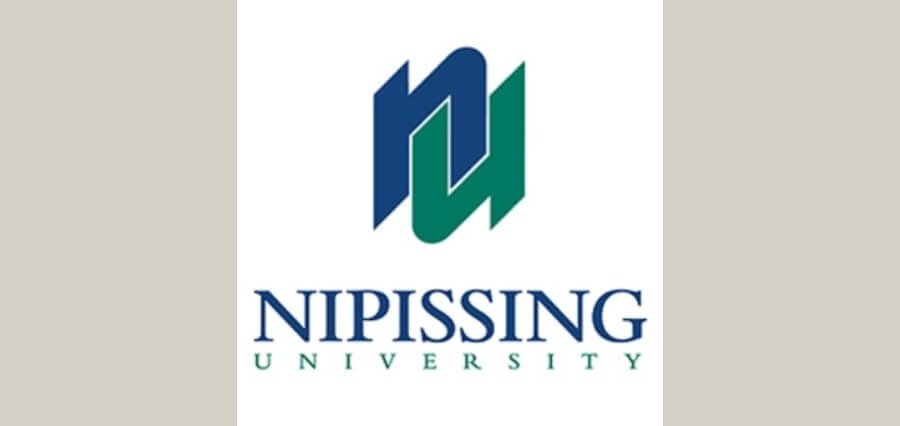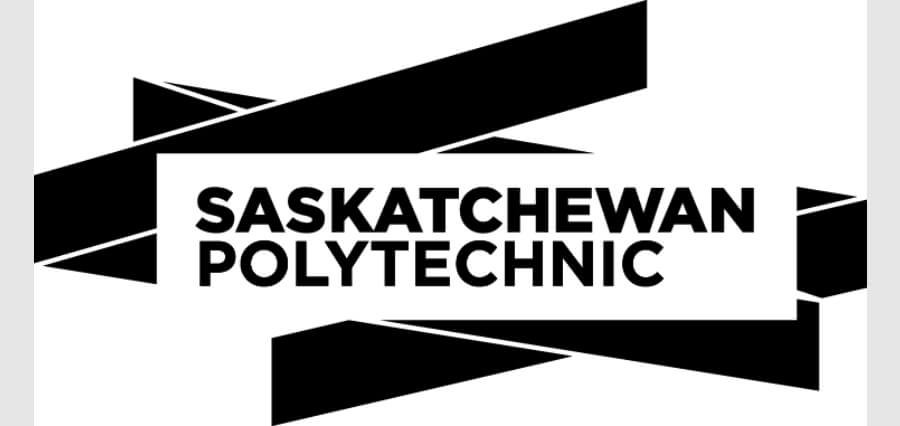This year’s Computer Science Education Week, often known as CSEd Week, is observed from December 6–12. The goal of Computer Science Education Week, the biggest educational event in history, is to pique children in grades K–12’s interest in computer coding. Students are urged to participate in the “Hour of Code” the second week of December. Students are actually required to code for an hour in this program.
This year’s CSEdWeek theme emphasizes the advancements made in computer science education over the previous ten years. Numerous significant improvements have been made to increase the equity and accessibility of CS education for all students.
This year, it is intended to acknowledge accomplishments while also focusing on the improvements that still need to be made to ensure that every student has an equal opportunity to study computer science. Students can share their progress on social media platforms like Twitter and Instagram with hashtags #CSEdWeek and #CelebratingProgress.
Computer Science Education Week emphasizes the value of computer science in addition to coding. With numerous scholarships available, computer science is a crucial subject since it fosters the development of analytical and problem-solving skills, which are crucial in today’s labor market. The goal of the day is to increase everyone’s computer literacy.
Kids from all over are taking part in hackathons this week, creating computer programs, interesting robots, and drones, and finishing other coding projects that teach students to solve problems, think critically and collaborate with others. They are getting vital experiences that open up a wide range of opportunities for their college and/or job aspirations in the years to come by participating in events and initiatives like these.
The Hour of Code, a one-hour online coding instruction for users of all ages that is accessible in over 45 languages, is the centerpiece of CS Education Week.
Short History of CSEd Week
The first Computer Science Education Week took place in 2009 thanks to the Computing in the Core Coalition. The National Science Foundation (NSF) joined together with tech behemoths like Google, Intel, and others to fund the unique week. In recognition of Grace Hopper’s birthday, the week of December 6–12 was selected. She was a pioneer in computer programming and was born on December 9th, 1906.
The “Hour of Code” program was launched in 2013 by Hadi Partovi, the founder, and CEO of Code.org, and it attracted over 15 million students from 167 different countries. The “Hour of Code” surpassed a milestone of 100 million hours in 2015, making Computer Science Education Week the biggest educational initiative ever. Many of these students belong to historically underrepresented groups in computer science.
2022 State of Computer Science Education in the US
During the COVID-19 epidemic, the phenomenal growth of computer science (CS) education has substantially slowed, and few institutions have been able to introduce new classes to the curriculum.
In the United States, 53% of high schools provide just one computer science subject. Although this is a major increase (from 35% in 2018), the number of schools offering computer science (CS), a core subject that is essential to the country’s economy and security, has only increased by 2% over the past year.
Three states (MD, MS, and SC) have above 40% enrollment in basic computer science courses, despite young women’s involvement in these courses in high school averaging about 32% nationally. In each of these states, computer science is either a prerequisite for graduation or the primary means of meeting an existing requirement.
Nationally, Black/African American, Native American/Alaskan, and Native Hawaiian/Pacific Islander students are represented in foundational computer science courses at similar rates to their overall population. Across 36 states, 5.6% of high school students are enrolled in foundational computer science, up from 4.7% last year. Disparities do, however, still exist in many states. Even when they attend a school that provides it, Hispanic/Latina/Latino/Latinx high school students are 1.5 times less likely to enroll in basic computer science than their white and Asian peers.









